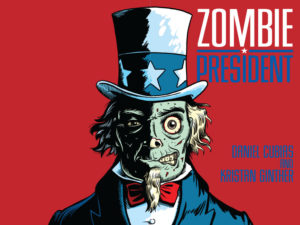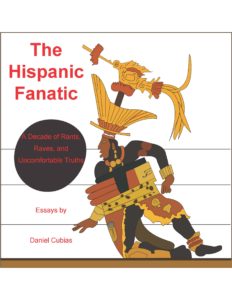Not too often do I encounter multiple Latino-centric stories just days apart. But this bonanza of attention occurred this week. The reason is not happenstance, or a strange cosmic alignment, or even the majority culture’s abrupt realization that Hispanics aren’t going away anytime soon.
No, it’s because Soledad O’Brien has a book to push. The CNN correspondent has talked her parent company into rolling out the “Latino in America” series as part of her media campaign. The series has been going for awhile, but it hit its full stride this week, garnering a couple of banner stories on their website.
Now, I don’t know much about O’Brien. I watch as little television news as possible, because I can feel my IQ points dropping whenever anchors introduce more screaming heads to discuss politics. As such, I’m not qualified to to question O’Brien’s motives. But it’s clear that Latinos are getting a tiny spotlight only because it’s convenient for a major corporation, which is distasteful, or at best, a cynic’s delight.
However, I’m going along with this ploy because some of their stories are actually pretty interesting. Rest assured that I’m not selling out. Oh, you’ll know when that happens, and it’s going to be sweet! But I digress…
In the here and now, I just want to point out that the CNN series gives updates on a couple of stories that I discussed in the previous months. There is more on the killing of Luis Ramirez, an immigrant bludgeoned to death in the street in Pennsylvania.
We hear about how Hispanics are the present and future of the Catholic Church, as if I hadn’t mentioned this fact months ago. Of course, CNN neglects to mention that this future may be short-lived as younger generations become less religious, but I’m sure that will be covered at some other point.
In addition, a few of CNN’s articles intrigued me enough that I may write separate posts about them in the coming weeks. I will refrain from going on, however, about the silliest article in the series. Under the bizarre headline “Americans More Familiar with Latinos,” we discover that “a new poll indicates that two-thirds of those surveyed now say they have at least some contact with Latinos.”
This makes me wonder about the one-third of Americans who have no contact with Hispanics, as well as ponder if we’ll see headlines proclaiming that Americans have finally accepted black people. Perhaps that will be in CNN’s next series.







